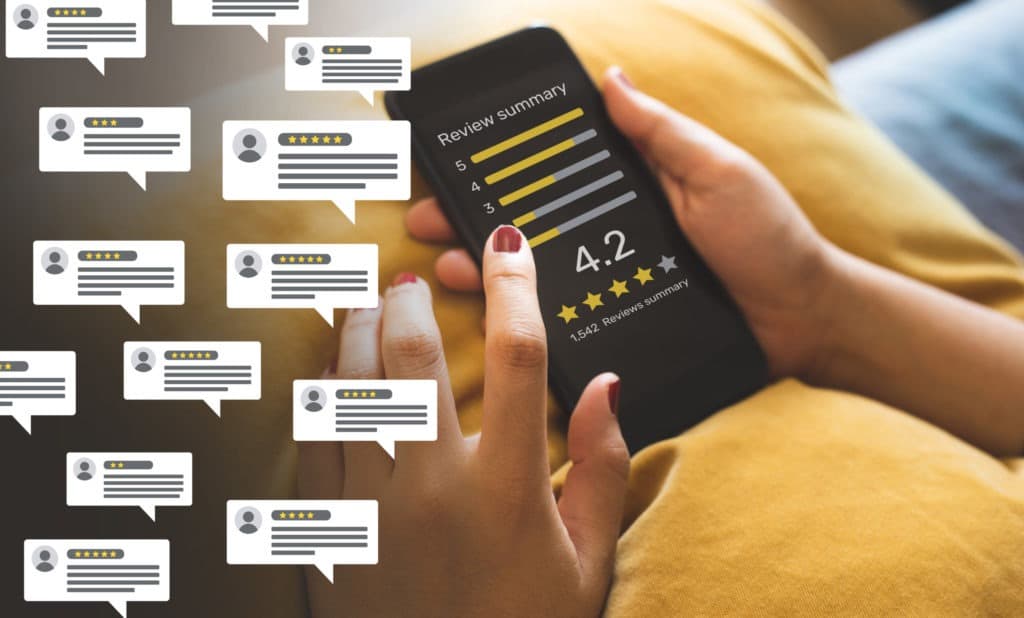It’s no secret that online reputation is a critical piece of the leasing process, especially when you consider the fact that 85% of residents surveyed indicated online reviews influenced their leasing decision. For any business, large or small, reputation should always be top of mind, and if actively managed, it can also be a powerful resident acquisition and retention tool.
But managing every property’s reputation on every site is a monumental task. However, a reputation management tool can save you a tremendous amount of time by giving you more consolidated visibility into reviews, community sentiment, social media activity, search rankings, competitive benchmarks, and listing accuracy.
Here are 3 ways that reputation management can help boost your portfolio’s online reputation:
1. Monitor Your Online Presence
When you’re managing multiple social accounts, it’s hard to keep up with every comment, post, hashtag, and question. A reputation management tool allows you to see mentions and posts from all of your sites in one place. Some can even track Google Maps behaviors and use maps to measure visibility and web rankings.
2. Respond To Reviews In Real-time
Who is responsible for responding to online reviews for your properties? How much time do they spend managing reviews and social media? How do you control the quality of the responses? These are all critical questions when it comes to reputation management. And, in this digital age, customers have come to expect a swift response, so it’s equally important that your reputation management tool keeps up. In fact, businesses that reply to their reviews at least 25% of the time average 35% more revenue than businesses that don’t. Some savvy reputation management tools even include customizable response templates that can automatically respond in bulk to reviews on Google, Facebook, Yelp, ApartmentGuide, and Rent.com to alleviate the daily and time-intensive tasks of managing and responding to online reviews.
3. Identify Competitive Trends
Chances are, you aren’t looking at what your competitors are doing to stay ahead of trends as often as you should. This critical task can become routine with a reputation management tool that shows you what’s happening in competitor communities and how you stack up against your competition. It also can identify recurring themes in your property reviews.
Onboarding and deploying a reputation management tool is easier than you think. Most average deployments take 2-3 days, and self-guided training can be completed in as little as 30 minutes, depending on which solution you choose. Ultimately, any reputation management tool used should pull all the data together to produce clear, digestible, and actionable takeaways and give you the visibility, analysis, and insights you need to make informed operational decisions to build your reputation both on and offline.



